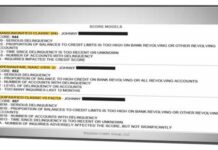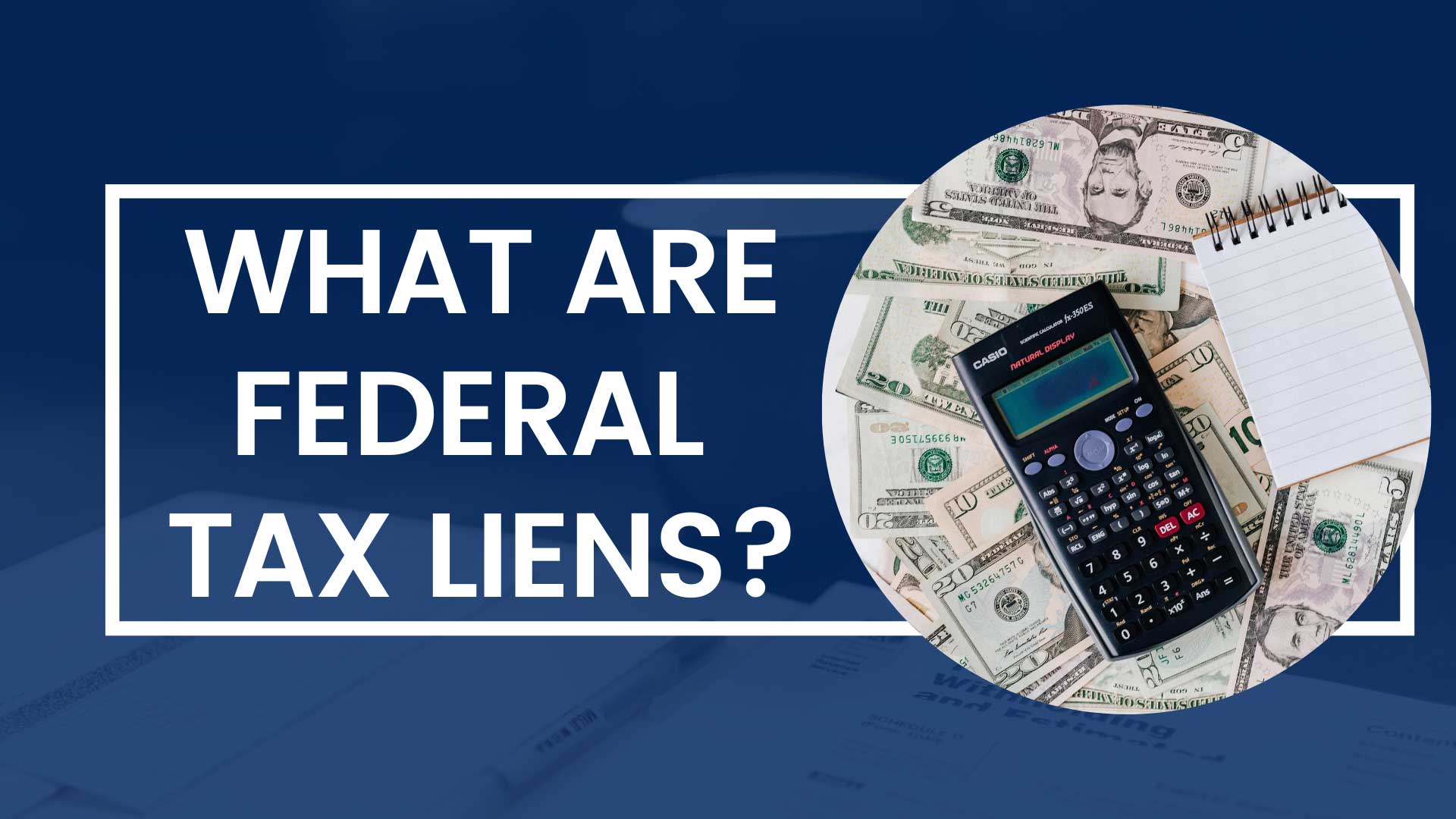Tax Liens
For instance
One bit of positive news is that as of July 1, 2017, Experian, Equifax, and Transunion announced that they will be removing tax liens and judgments that do not meet basic reporting criteria — name, mailing address, social security number, and birthdate. Many tax liens and judgments have already been eliminated from consumer credit reports!
The IRS – To qualify Tax Liens
Another bit of good news is the IRS has something called the “Fresh Start” initiative in which you can qualify to have a lien removed from your credit report. Once you have established a repayment schedule for your tax debt or once the debt has been satisfied.
In order to qualify to have it removed from your credit report once the debt has been satisfied, you must meet certain criteria. You must have properly followed the law and filed all appropriate business, individual, and information returns over the past 3 years. You are current on all estimated payments and IRS federal tax payments.
If you feel you meet either of these criteria you can proceed with attempting to have your tax liens expunged from your report by:
- If you do not have it, request a copy of IRS Form 668(Z), Release of Federal Tax Lien. You should have received this after satisfying your lien or being granted a waiver of any unpaid balance.
- Gather your original paperwork regarding the Notice of Federal Tax Lien. Form 668(Y).
- Fill out Form 12277. Application for Withdrawal of Filed Form 668(Y).
- Now that you have gathered and/or filled out IRS Forms 668(Z), 668(Y), and 12277. You must submit all three to the IRS. Include a detailed explanation stating that you are requesting the lien be withdrawn and why.
- Remember the IRS does not move quickly but you should eventually receive IRS Form 10916(c). Withdrawal of Filed Notice of Federal Tax Lien.
- Call the IRS to check on the status of your request if nothing is received after 3 weeks.
- Once you have Form 10916(c), promptly send it to Experian, Equifax, and Transunion.























